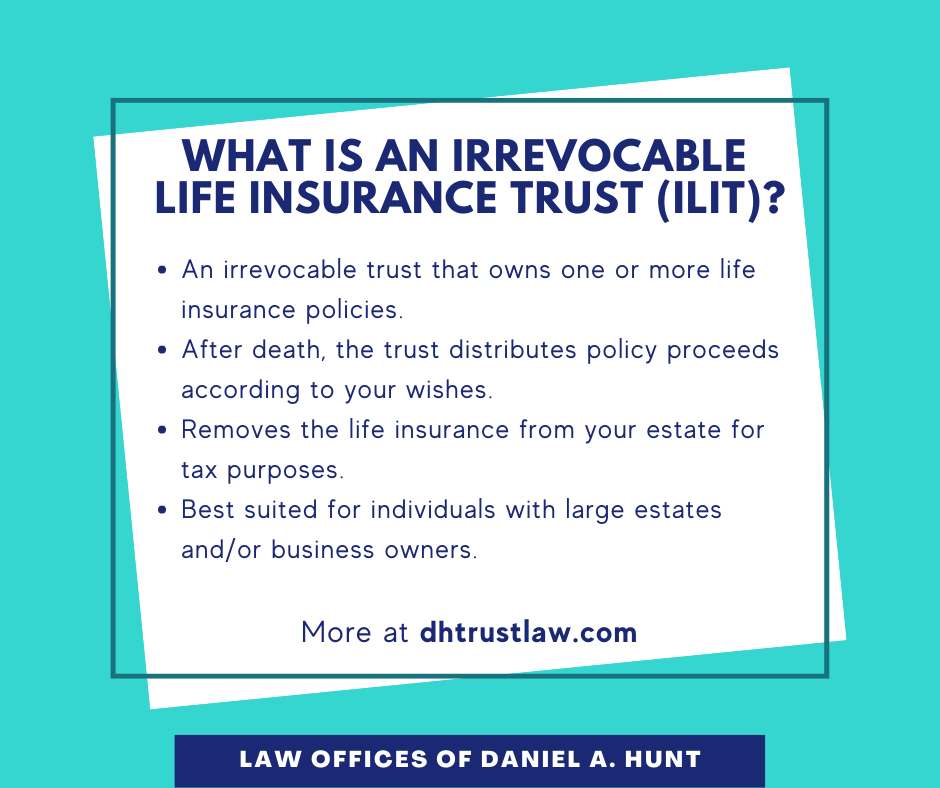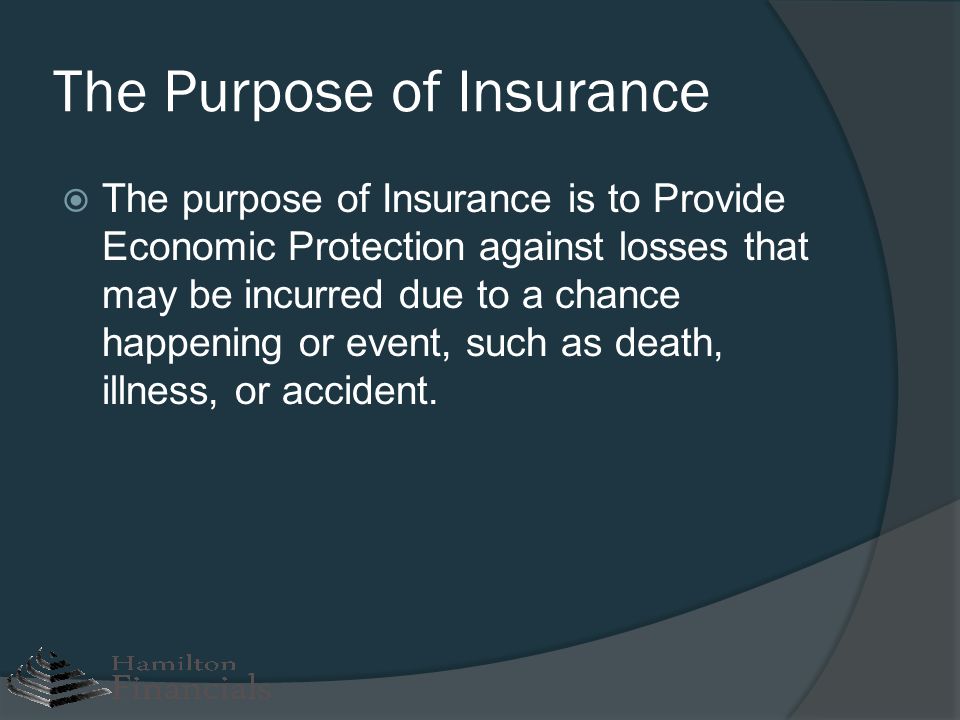3 Simple Techniques For Pacific Prime
Table of ContentsPacific Prime Can Be Fun For AnyonePacific Prime Can Be Fun For EveryoneIndicators on Pacific Prime You Need To KnowRumored Buzz on Pacific Prime
In many states, the insurance company is needed to send you a copy of the changes to your policy. It is essential that you read Endorsements or Cyclists so you understand how your policy has altered and if the policy is still sufficient to satisfy your requirements. To get a copy of your insurance plan, please call your insurance agent or company.
The Institute of Medicine (IOM) Committee on the Consequences of Uninsurance launches an extended evaluation of proof that addresses the importance of health insurance protection with the magazine of this record. Insurance coverage Matters is the first in a series of 6 reports that will be issued over the following two years documenting the fact and effects of having actually an estimated 40 million individuals in the United States without medical insurance protection.

The 9-Minute Rule for Pacific Prime
The goal of this collection of researches is to redouble plan attention on a longstanding issue. Following the lengthiest economic growth in American history, in 1999, an approximated one out of every 6 Americans32 million grownups under the age of 65 and more than 10 million childrenremains without insurance (Mills, 2000).

10 percent of the populace accounts for 70 percent of health and wellness treatment expenses, a connection that has actually remained constant over the previous three years (Berk and Monheit, 2001) - international travel insurance. Therefore health and wellness insurance coverage remains to offer the function of spreading threat even as it significantly finances regular treatment. From the perspective of wellness care suppliers, insurance coverage lugged by their individuals assists safeguard a profits stream, and neighborhoods gain from monetarily viable and steady health and wellness treatment practitioners and establishments
Federal government supplies medical insurance to populations whom the personal market may not serve effectively, such as handicapped and elderly individuals, and populaces whose accessibility to wellness treatment is socially valued, such as youngsters and expectant ladies. The supreme ends of medical insurance coverage for the private and neighborhoods, including workplace neighborhoods of employees and companies, are improved wellness results and lifestyle.
An Unbiased View of Pacific Prime
Staff members place medical insurance first by far in relevance amongst all the benefits supplied in the work environment (Salisbury, 2001). There have actually been large financial investments of individual and public funds to offer wellness insurance policy, several people still have no insurance coverage. Despite considerable reporting of survey searchings for and healthcare research study results, the public remains baffled and misinformed about Americans without wellness insurance coverage and the implications of doing not have insurance coverage.

Without concern, the intricacy of American healthcare financing mechanisms and the wide range of resources of information contribute to the general public's complication and skepticism regarding health and wellness insurance policy statistics and their analysis. This report and those that will comply with goal to distill and present in easily reasonable terms the substantial study that bears upon concerns of health insurance coverage and its value.
Fifty-seven percent of Americans questioned in 1999 thought that those without medical insurance are "able to get the care they require from physicians and hospitals" (Blendon et al., 1999, p. 207). In 1993, when nationwide focus was focused on the troubles of the uninsured and on pending healthcare regulation, simply 43 percent of those surveyed held this idea (Blendon et al., 1999).

They additionally receive less precautionary services and are much less likely to have routine take care of chronic conditions such as high blood pressure and diabetes. Persistent conditions can cause expensive and disabling difficulties if they are not well taken care of (Lurie et al., 1984; Lurie et al., 1986; Ayanian et al., 2000). One national survey asked even more than 3,400 grownups about 15 extremely severe or morbid problems.
The 7-Minute Rule for Pacific Prime
Extra evidence exists later in this chapter in the discussion of insurance and accessibility to healthcare. https://padlet.com/pacificpr1me/my-harmonious-padlet-xyem37dpr2sq1yce. People without health and wellness insurance coverage are young and healthy and balanced and choose to go without great post to read protection. Almost fifty percent (43 percent) of those evaluated in 2000 believed that people without medical insurance are more probable to have illness than individuals with insurance
Voters and policy manufacturers in focus group conversations identify those without insurance as young people that have the chance to be covered and feel they do not require it (Doorperson Novelli, 2001). Compared to those with a minimum of some exclusive protection, the uninsured are less likely to report remaining in superb or excellent health and wellness (Agency for Medical Care Research Study and Quality, 2001).
SOURCE: Center for Expense and Financing Researches, Company for Health Care Study and Quality, based on MEPS data. Young person between 19 and 34 are even more likely to do not have health insurance than any type of various other age group. This is primarily because they are less commonly eligible for employment-based insurance coverage as a result of the nature of their job or their brief tenure in it.
The assumption that people without insurance coverage have better-than-average health follows from perplexing the reasonably young age account of the uninsured with the far better health, on average, of younger persons. This obscures the link in between wellness standing and health insurance policy. For those without accessibility to workplace health insurance, bad health is a prospective obstacle to purchasing nongroup coverage because such coverage may be very valued, exclude pre-existing conditions, or be just inaccessible.